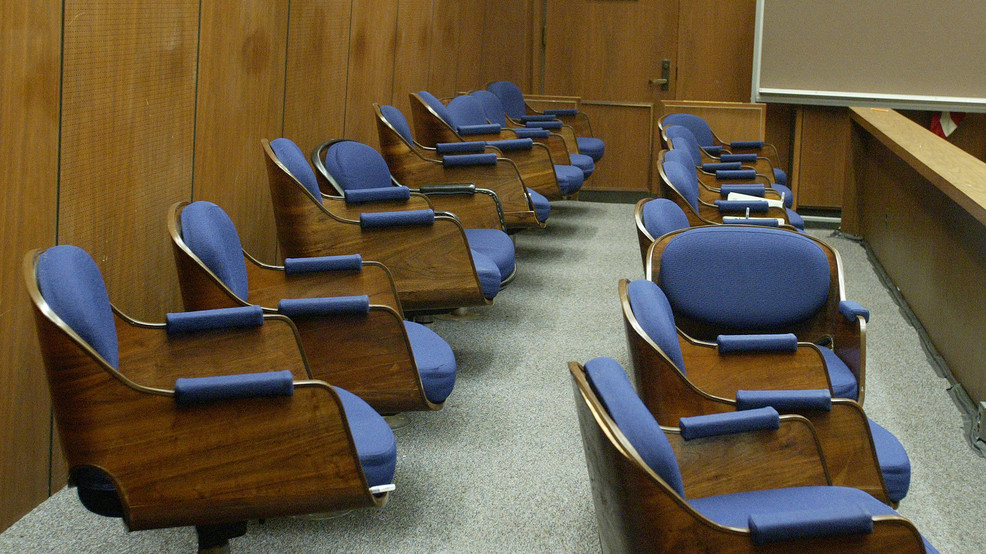LAWTON, Okla. – When statewide shutdowns began in March, the average small business had just 27 days of cash on hand. Paycheck Protection loans trickled out a first phase of relief. But weeks of stay-at-home became months, and businesses are scrambling to adapt. How do we move forward?
A pandemic is a natural disaster, like a hurricane that won’t leave, a once-in-a-generation crisis on a national scale. But crises can reveal the best in us, like the incredible resilience and ingenuity of small businesses.
How Businesses Can Survive a Pandemic
American entrepreneurs are enduring trial by fire, and using it to forge a stronger future. Vodka distilleries produced thousands of gallons of hand sanitizer. Networks of high school students 3-D-printed medical masks for hospitals. Food delivery companies went into overdrive, and ghost kitchens colonized commercial space.
People took risks in the most uncertain times, and have survived. Research by Capital One indicates 57 percent of small businesses rate their confidence “the same or better” than before Covid-19. A report by American Express found fully 80 percent of small businesses say they are now better positioned to handle another crisis. Applications for new businesses are booming. How can you think about doing something different with your business during a crisis, whether personal or global?
Unlike a hurricane or a war, Covid-19 left the infrastructure and assets of American businesses intact. Still, many business models were destroyed. PPP loans allowed many to retain their employees, along with their years of training and experience. When the doors open, the lights come on, the business can function — but with so much uncertainty, will they be able to drive demand?
Restaurants, gyms, and salons nationwide are learning how to drive demand through trust. The prime question to answer: What will make customers feel safe going into establishments again? We see the evidence everywhere: branded logos to mark six feet of distance, sanitation stations, staggered hours, curbside service, online offerings. At my company, Kabbage, demand for contactless payment solutions spiked 400 percent as businesses adopted precautions for customers’ health and shifted more sales online. Like cities rebuilt after floodwaters recede, small businesses are rebuilding stronger, smarter, more robust offerings that can weather another storm.

